Why Are Fossil Fuels Bad? 10 Filthy Facts Shocking the USA in 2025
The United States is a country built on energy and innovation. But the engine that powered America’s rise—fossil fuels—now threatens its future.
Coal, oil, and natural gas have lit our cities, fueled our cars, and built our industries for over a century. Yet, in 2025, the true cost of these fuels is impossible to ignore. Climate change, polluted air, poisoned water, and mounting health problems are just the tip of the iceberg.
Why are fossil fuels bad? It’s a question every American should be asking.
The answer lies not only in global warming and environmental collapse, but in the hidden costs paid by our families, neighbors, and future generations. The latest IPCC reports warn that if the U.S. and other major economies don’t act now, the opportunity to prevent catastrophic climate breakdown will slip through our fingers.
This article will reveal the dirty details behind fossil fuels, breaking down the science, exposing shocking facts, and sharing what you can do to help build a cleaner, healthier America.
Quick Info Table
| Fact | Detail |
|---|---|
| Main fossil fuels in the US | Coal, oil (petroleum), natural gas |
| % of US emissions from fossil fuels | 89% |
| Biggest impact areas | Air quality, public health, environment, economy |
What Are Fossil Fuels?
Fossil fuels are ancient remains of plants and animals, buried and transformed by heat and pressure over millions of years. Today, these fuels—coal, oil, and natural gas—are everywhere in American life. They generate most of our electricity, power our vehicles, and heat our homes.
Types of Fossil Fuels
-
Coal: A hard, black rock mainly used to generate electricity in power plants.
-
Oil (Petroleum): A thick, dark liquid that’s refined into gasoline, diesel, and jet fuel.
-
Natural Gas: A colorless, odorless gas used for heating, cooking, and electricity.
How Fossil Fuels Are Formed
Millions of years ago, plants and animals died and were buried under mud and sediment. Over time, heat and pressure turned these remains into carbon-rich fuels.
Unlike renewable energy, fossil fuels are nonrenewable—once they’re used up, they’re gone for good.
Fossil Fuels in the US
The US is one of the world’s top fossil fuel producers and consumers.
-
80% of US energy still comes from fossil fuels.
-
Most cars and trucks run on gasoline or diesel.
-
Power plants across the country burn coal and gas to keep the lights on.
Why Does America Rely on Fossil Fuels?
Fossil fuels are cheap, reliable, and deeply integrated into the economy. Billions have been invested in pipelines, refineries, and power plants. Changing course isn’t easy—but it’s now critical for our health and future.
Fossil Fuels Quick Info Table
| Type | How Used in USA | % of US Energy (2025) |
|---|---|---|
| Coal | Electricity generation | 18% |
| Oil | Transportation, industry | 35% |
| Natural Gas | Heating, electricity | 27% |
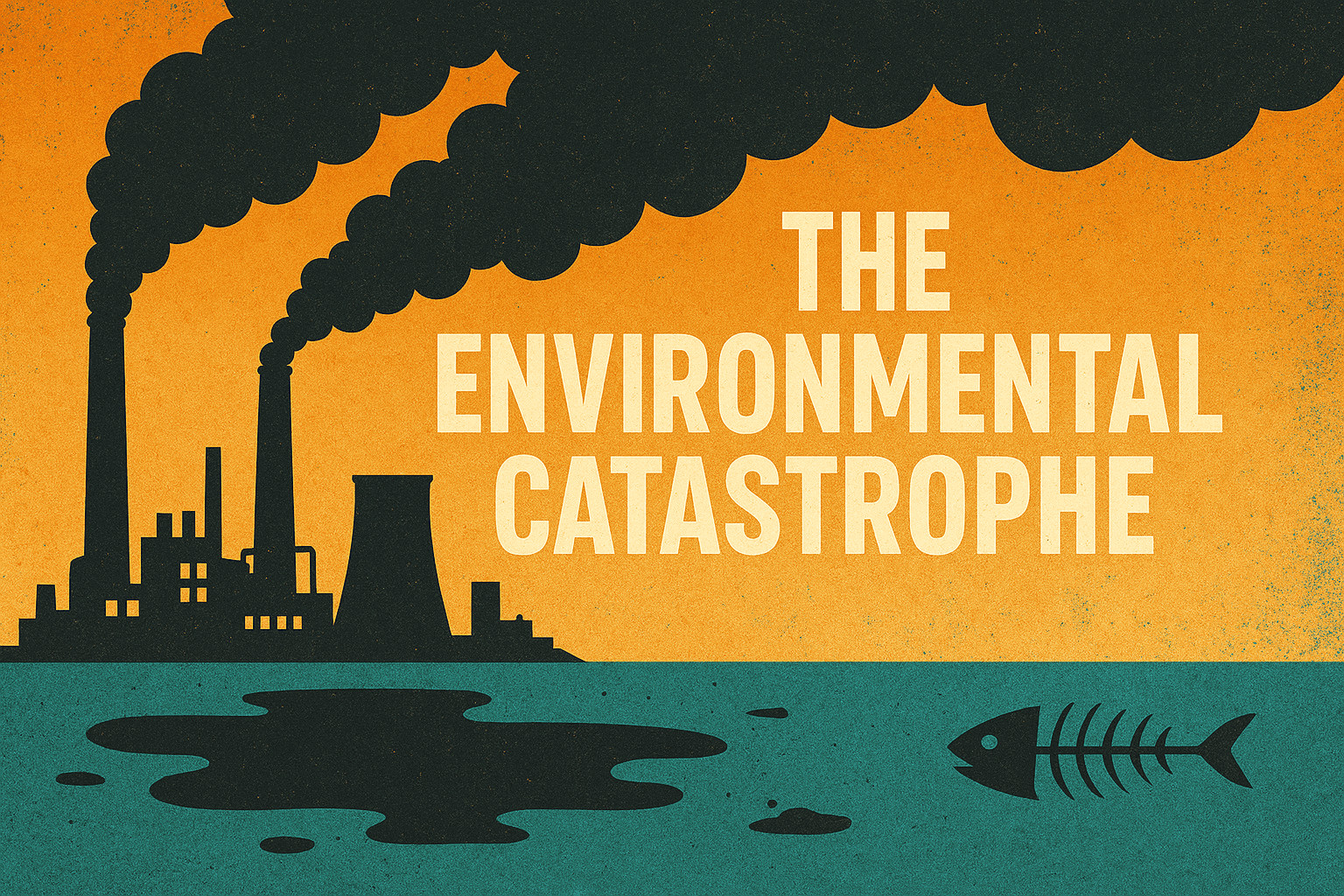
The Environmental Catastrophe
The most obvious reason fossil fuels are bad? They’re wrecking the environment—across the U.S. and the entire planet.
Greenhouse Gas Emissions
When fossil fuels are burned, they release massive amounts of carbon dioxide (CO₂) and other greenhouse gases.
-
The US emits about 5.1 billion tons of CO₂ from fossil fuels every year.
-
These gases trap heat, driving climate change and global warming.
Air & Water Pollution
Burning coal and oil releases smog-forming chemicals, mercury, sulfur, and particulates that pollute the air.
-
Cities from Los Angeles to Houston struggle with unhealthy air.
-
Acid rain, caused by these emissions, damages forests, lakes, and farmland.
Ocean Acidification
About a quarter of fossil fuel CO₂ ends up in the oceans. This lowers the pH, making oceans more acidic.
-
Acidic oceans threaten shellfish, coral reefs, and the fishing industry.
-
US coastal economies and food sources are at risk.
Impact on Wildlife and Habitats
Extracting and transporting fossil fuels destroys habitats.
-
Oil spills, mining, and drilling scar landscapes and poison wildlife.
-
Birds, fish, and endangered species are pushed closer to extinction.
Environmental Impact Table
| Problem | Impact in USA |
|---|---|
| CO₂ Emissions | 5.1 billion tons/year |
| Oil Spills | 100+ incidents/year (major & minor) |
| Acid Rain Zones | Midwest, Northeast |
| Ocean Threats | Gulf Coast, Pacific NW |
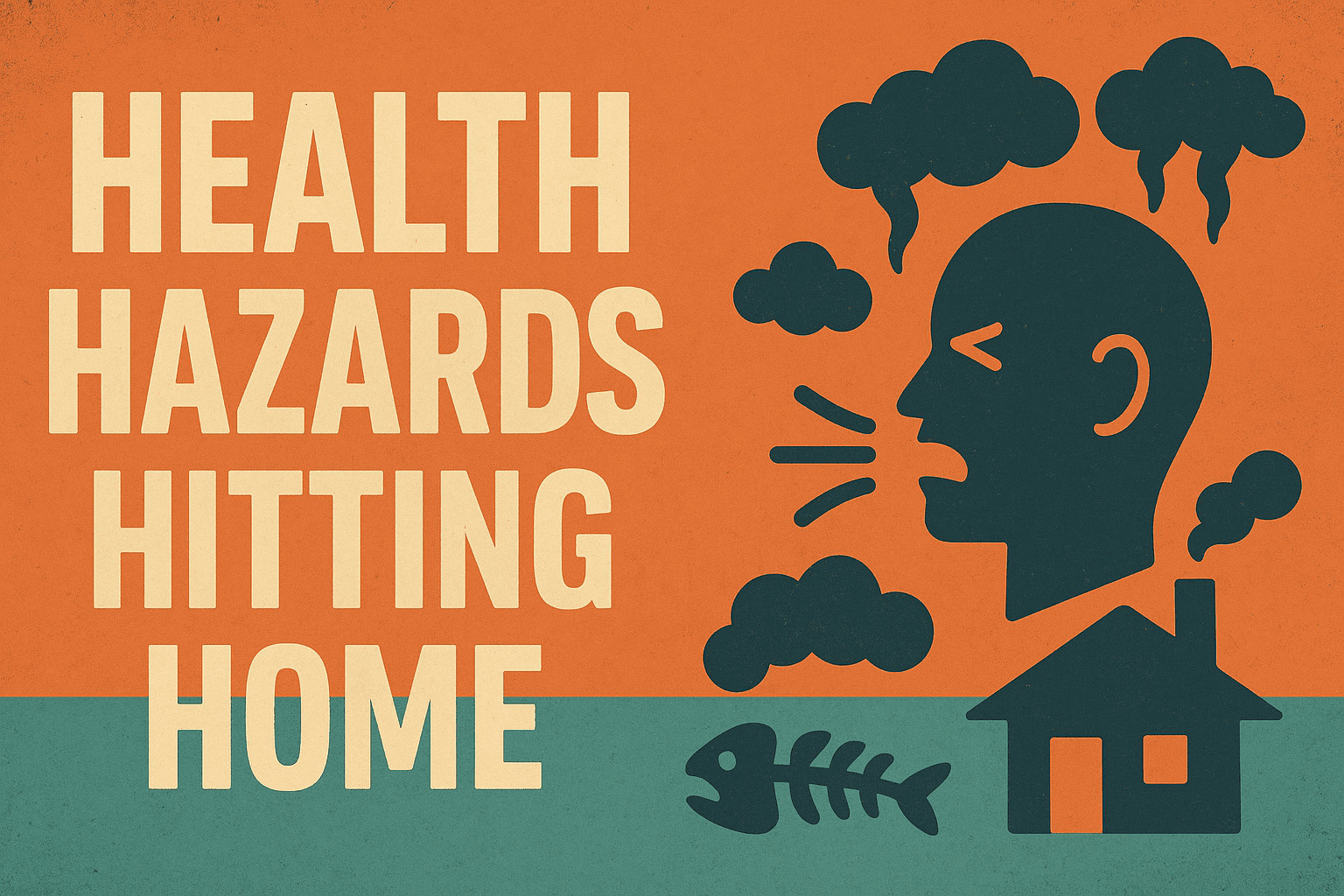
Health Hazards Hitting Home
Fossil fuels aren’t just bad for the planet—they’re hurting people right here in America.
Air Pollution and Disease
Fossil fuel power plants and vehicles spew dangerous particles and chemicals.
-
Asthma, heart disease, lung cancer, and stroke are linked to dirty air.
-
An estimated 100,000 Americans die every year from fossil fuel air pollution.
Communities at Risk
Polluting power plants and refineries are often built near lower-income neighborhoods and communities of color.
-
These communities face higher rates of illness and shorter lifespans.
-
The “Cancer Alley” region in Louisiana is one notorious example.
The Toll on Children
Kids are especially vulnerable to pollution from fossil fuels.
-
Higher rates of asthma, developmental problems, and learning issues.
-
More missed school days and long-term health risks.
Environmental Justice & Inequality
Black and Hispanic Americans inhale far more air pollution than they create.
-
Fossil fuel impacts are not evenly shared—those with the least power often pay the highest price.
Health & Inequality Table
| Group Affected | Impact |
|---|---|
| Children | Asthma, development issues |
| Low-income families | Higher illness, lower lifespan |
| Communities of color | 56–63% more pollution exposure |
Social & Economic Damage
The damage from fossil fuels goes beyond health and environment—it’s undermining the US economy and society.
Job Losses in Clean Energy
While fossil fuel industries shrink, clean energy jobs are booming.
-
But communities dependent on coal or oil are at risk of unemployment and poverty.
Fossil Fuel Subsidies
The US government spends over $20 billion per year supporting fossil fuel companies with tax breaks and grants—money that could fund schools, healthcare, or clean energy.
Economic Risks of Climate Change
Extreme weather, floods, fires, and heatwaves—made worse by fossil fuels—cost billions every year.
-
Insurance rates climb, businesses close, and communities are displaced.
National Security Threats
Relying on fossil fuels makes America vulnerable to global price shocks, foreign conflicts, and supply chain disruptions.
Economic Impact Table
| Issue | US Data (2025) |
|---|---|
| Fossil fuel subsidies | $20+ billion/year |
| Clean energy jobs | 3.3 million (growing) |
| Climate disaster costs | $145 billion/year |
10 Filthy Facts About Fossil Fuels
Let’s break down the dirtiest truths Americans need to know in 2025:
-
A single fracking well uses up to 16 million gallons of water—depleting local supplies and threatening farms.
-
Toxic fracking wastewater is released into the environment, contaminating drinking water with lead, arsenic, and mercury.
-
99% of plastics are made from fossil fuels—clogging landfills, oceans, and even our bodies with microplastics.
-
One-fourth of CO₂ from fossil fuels is absorbed by the ocean, damaging wildlife and threatening the fishing industry.
-
Sea levels have risen 9 inches, making coastal drinking water salty and undrinkable in some US cities.
-
Fossil fuels create toxic air pollutants (CO, nitrogen, mercury) that cause cancer, heart disease, and asthma.
-
Black and Hispanic Americans are exposed to 56–63% more pollution than they produce—environmental racism in action.
-
Acid rain from fossil fuels poisons lakes and rivers, killing fish and wildlife.
-
Oil spills devastate ecosystems, poison sea life, destroy habitats, and harm coastal communities—often for decades.
-
Coal is the dirtiest fuel, producing more carbon emissions and deadly health effects than any other source.
10 Filthy Facts Quick Reference
| Fact | Shocking Detail |
|---|---|
| Water Use | Up to 16M gal/well |
| Plastics | 99% from oil & gas |
| Sea Level Rise | +9 inches (USA) |
| Air Pollution | 100K deaths/year |
| Ocean CO₂ | 25% of total |
| Pollution Inequality | 56–63% more exposure |
| Acid Rain | Major threat in Midwest |
| Oil Spills | 100+ incidents/year |
| Coal Health | Highest mortality rate |
| Fracking Toxins | Lead, arsenic, mercury |
America’s Role in the Global Crisis
The US is responsible for more greenhouse gas emissions than any other country in history.
-
Despite being home to just 4% of the world’s population, America has contributed nearly a quarter of historic CO₂.
-
In 2025, the US faces pressure from allies and rivals alike to cut emissions and meet new climate goals.
The 2025 Climate Deadline
Scientists warn: To avoid the worst impacts, global emissions must fall sharply by 2025.
-
That means phasing out fossil fuels, fast.
-
The US has pledged to cut emissions, but real action is lagging behind promises.
International Pressure
Other nations look to America for leadership—but also hold it accountable for past pollution.
-
Global climate deals and sanctions may affect trade and the economy if the US lags.
Policy Changes Needed
Major shifts are required:
-
End fossil fuel subsidies.
-
Invest in renewables and clean jobs.
-
Protect communities harmed by pollution.
-
Enforce stricter air and water standards.
US vs. World Table
| Topic | US Data | Global Avg |
|---|---|---|
| Emissions/capita | 15 tons/year | 4.5 tons/year |
| Clean energy % | 20% | 30% (rising) |
| Historic CO₂ | 24% of world | — |
What Can Americans Do Right Now?
You don’t have to be an activist or scientist to make a difference. Every American can help protect our planet and communities.
Political Action
-
Vote for leaders who support clean energy and environmental protection.
-
Contact your representatives and demand action on climate change (websites like writetothem.com make it easy).
Switch to Renewables
-
Ask your energy provider about clean energy options.
-
Install solar panels or buy renewable energy credits if you can.
Lifestyle Changes
-
Drive less; use public transportation or carpool.
-
Reduce energy use at home—LED bulbs, smart thermostats, unplugging devices.
-
Eat more plant-based foods and less meat.
Spread Awareness
-
Talk to friends, family, and neighbors about fossil fuels and climate action.
-
Join or support local environmental groups.
Take Action Table
| Action | Impact Level |
|---|---|
| Voting | High |
| Switching to renewables | High |
| Energy efficiency | Medium |
| Spreading awareness | Medium |
FAQ: The Truth About Fossil Fuels
Why are fossil fuels bad for the environment?
Burning fossil fuels releases carbon dioxide and pollutants that drive climate change, pollute air and water, and destroy habitats.
Are fossil fuels really worse than renewables?
Yes. Renewables like wind and solar produce far less pollution, have no fuel costs, and don’t contribute to climate change.
How do fossil fuels affect my health?
Air pollution from fossil fuels is linked to heart disease, asthma, cancer, and early death.
Can the US economy survive without fossil fuels?
Absolutely. Clean energy is creating millions of new jobs and is now cheaper than fossil fuels in much of the country.
Why is there environmental injustice with fossil fuels?
Communities of color and low-income Americans are more likely to live near polluting facilities and suffer the health impacts.
What can I do to help fight fossil fuels?
Vote, make sustainable choices, support clean energy, and spread the word!
Conclusion: The Last Chance for the USA
America faces a pivotal choice. Will we cling to the dirty fuels of the past—or lead the world into a cleaner, safer future?
The science is clear, and the clock is ticking. By cutting fossil fuel use, investing in renewables, and protecting vulnerable communities, we can secure a livable planet for our children and generations to come.
The last chance to act is now.
Every step matters. Every voice counts. The USA has the power to change—and it starts with us.
Share this content:
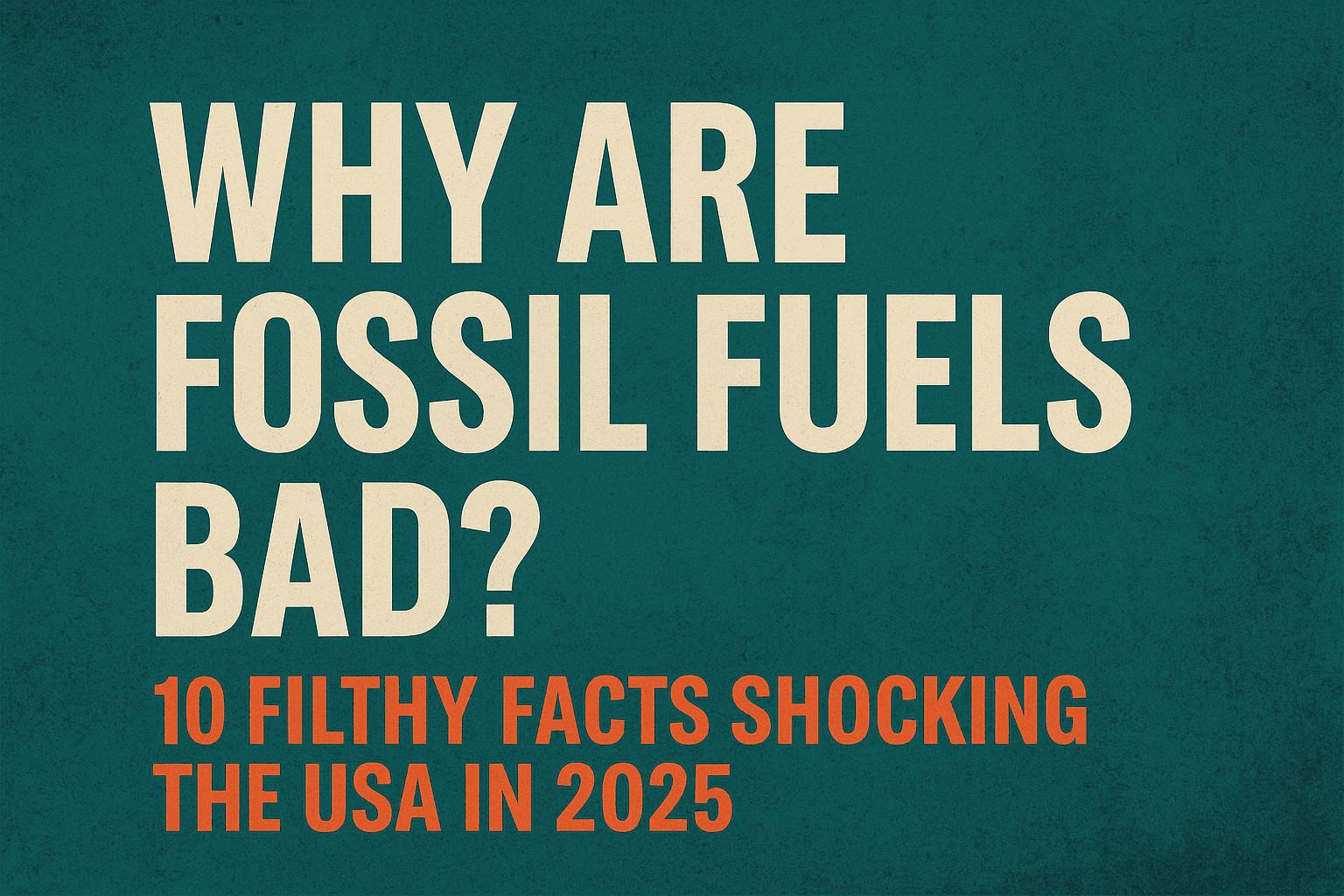
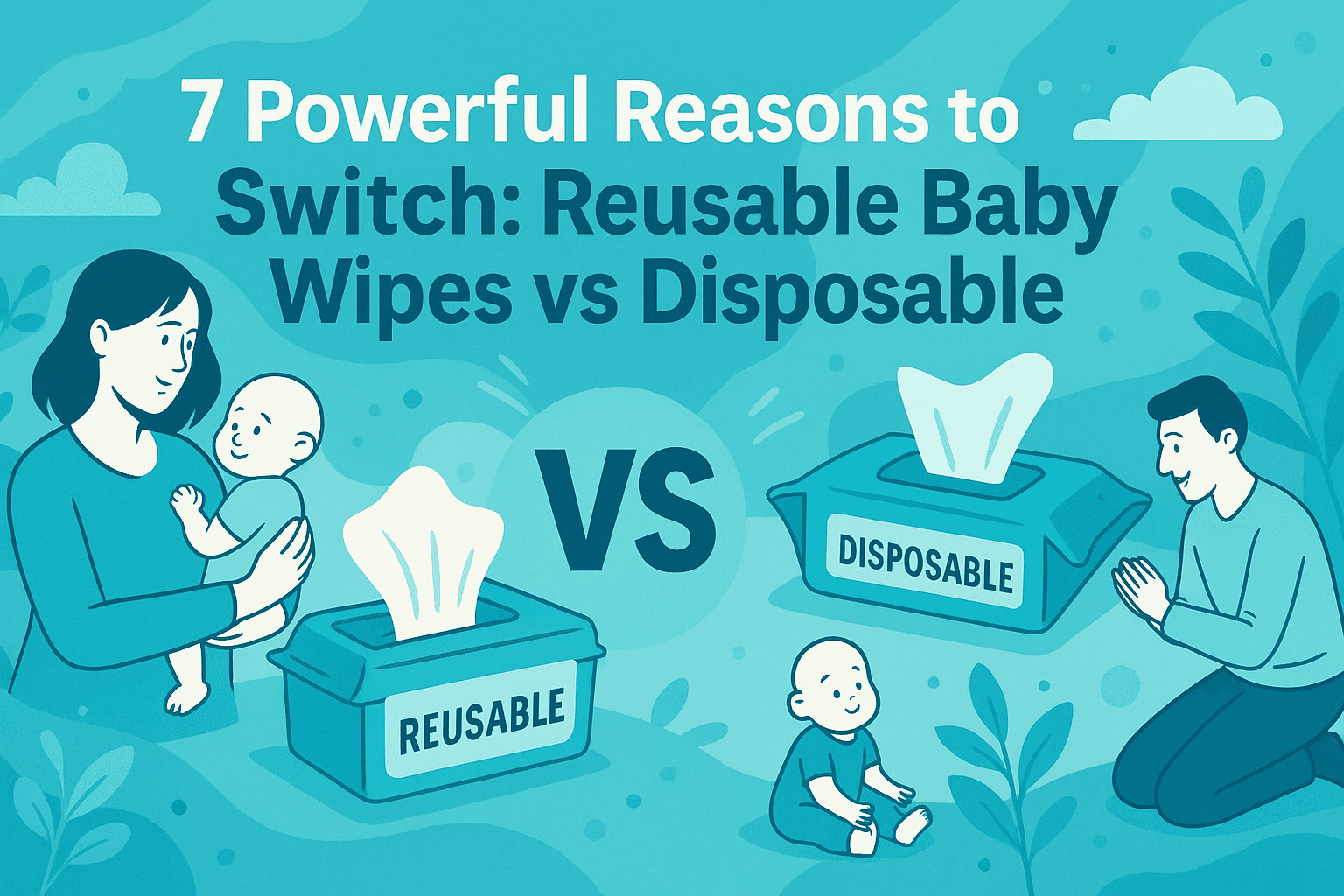
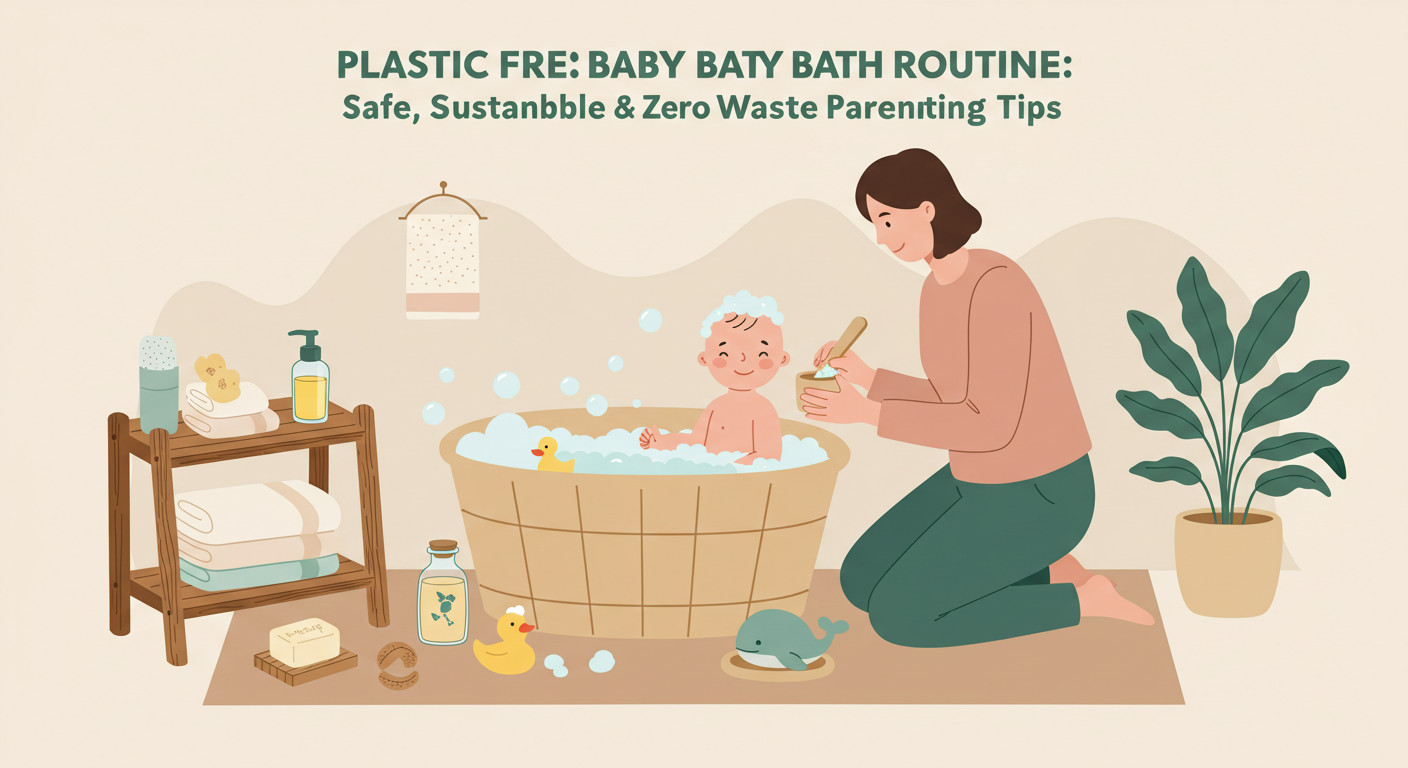
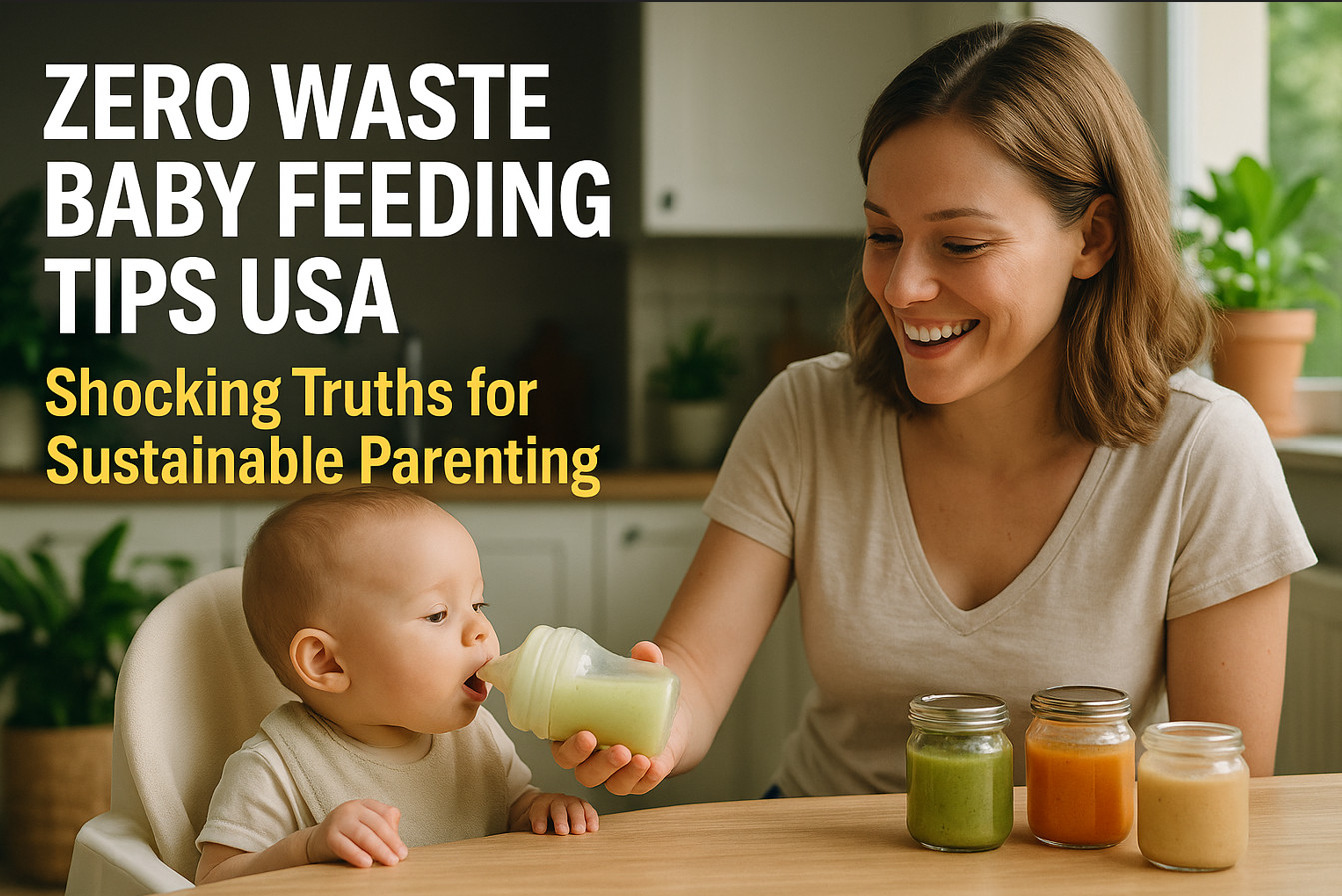
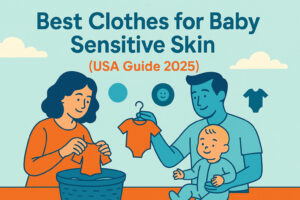
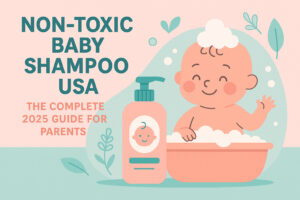
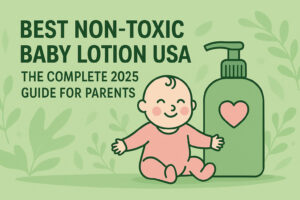







Post Comment